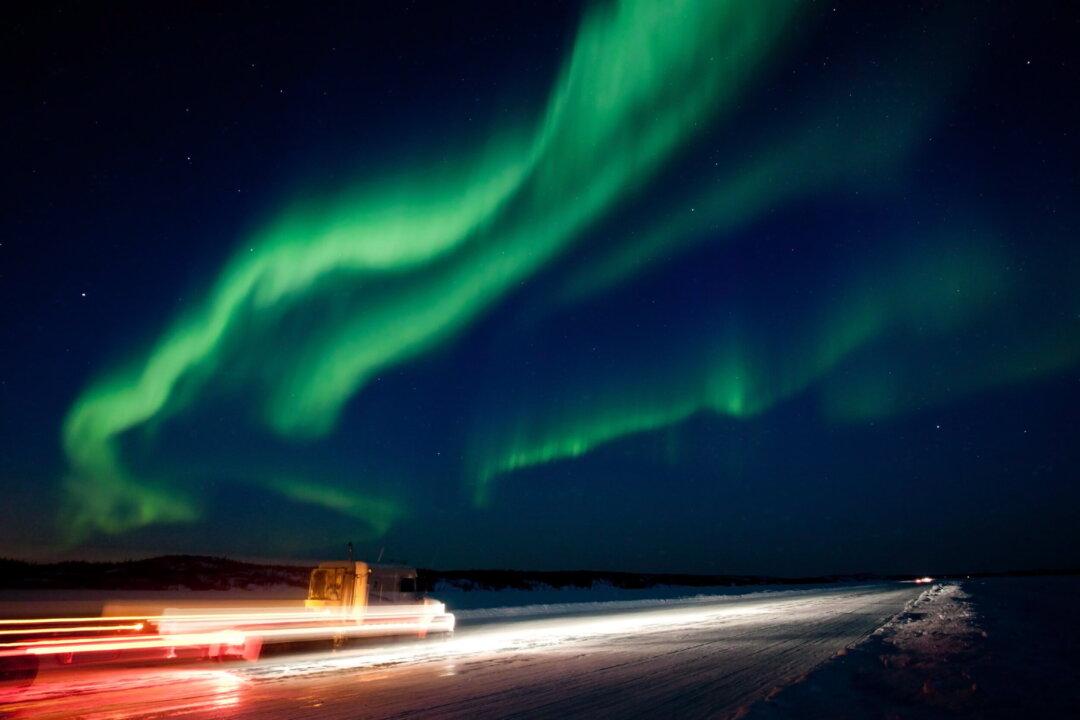Some Canadians could experience a breathtaking celestial show as they ring in the new year this evening thanks to a major geomagnetic storm forecasted to intensify the brilliance of the northern lights.
The U.S. National Oceanic and Atmospheric Administration’s (NOAA) Space Weather Prediction Center is forecasting a strong chance of aurora borealis visibility across a large swath of the country on New Year’s Eve.





